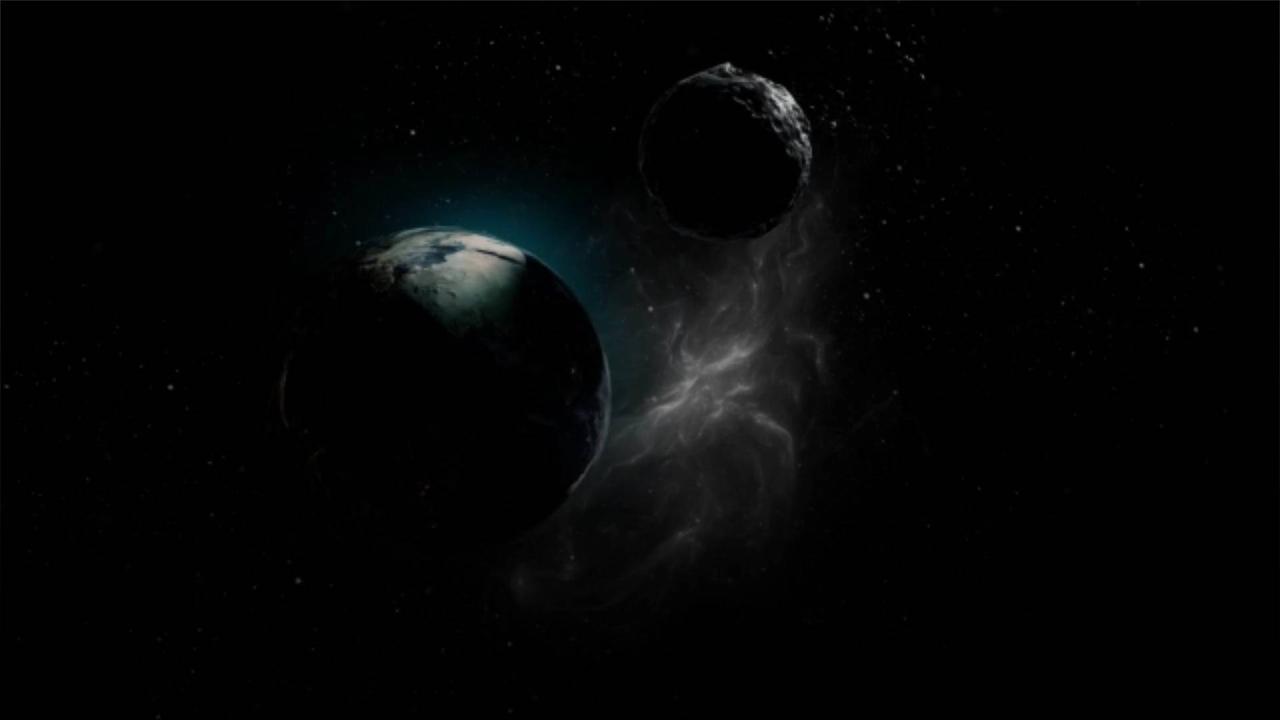
Astronomers Observe 'Afterglow' , From 2 Planets Colliding.
For the first time ever, astronomers have observed an "afterglow" from the impact of two massive planets crashing into each other.
.
'The Independent' reports that the heat and dust resulting from this collision swirled in front of the planets' star, allowing scientists to observe the explosion's aftermath.
Near a star much like our own Sun, an amateur astronomer first spotted the collision of two massive ice planets when he noticed unusual light coming from the star.
.
To be honest, this observation was a complete surprise to me.
When we originally shared the visible light curve of this star with other astronomers, we started watching it with a network of other telescopes, Matthew Kenworthy, co-lead author from Leiden University, via 'The Independent' .
To be honest, this observation was a complete surprise to me.
When we originally shared the visible light curve of this star with other astronomers, we started watching it with a network of other telescopes, Matthew Kenworthy, co-lead author from Leiden University, via 'The Independent' .
An astronomer on social media pointed out that the star brightened up in the infrared over a thousand days before the optical fading.
I knew then this was an unusual event, Matthew Kenworthy, co-lead author from Leiden University, via 'The Independent' .
The team's research suggests that the glow, which began to fade over a three-year period as dust covered the star, was coming from the heat left over by the explosion.
.
Our calculations and computer models indicate the temperature and size of the glowing material, as well as the amount of time the glow has lasted, is consistent with the collision of two ice giant exoplanets, Simon Lock, co-lead author from the University of Bristol, via 'The Independent'.
Our calculations and computer models indicate the temperature and size of the glowing material, as well as the amount of time the glow has lasted, is consistent with the collision of two ice giant exoplanets, Simon Lock, co-lead author from the University of Bristol, via 'The Independent'.
'The Independent' reports that astronomers plan to confirm their theories as they continue to observe the results of the planetary collision.
.
Co-author Zoe Leinhardt, from the University of Bristol, says the material remaining after the collision could condense to form a series of moons.
.
The research, titled 'planetary collision afterglow and transit of the resultant debris cloud,' was published in the journal 'Nature.'
